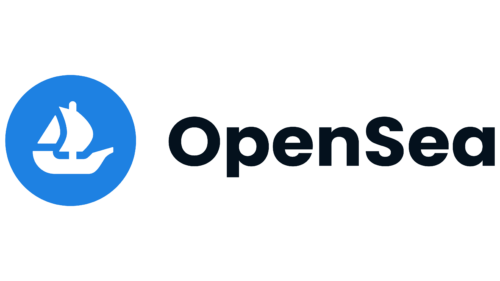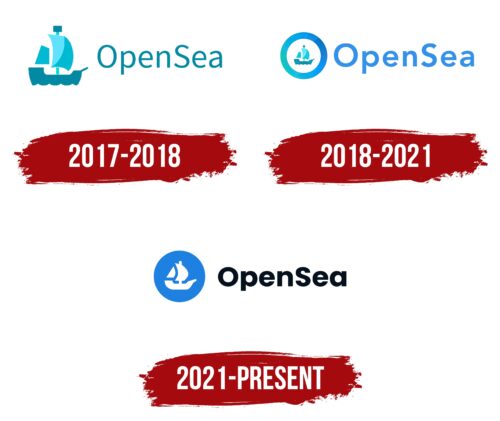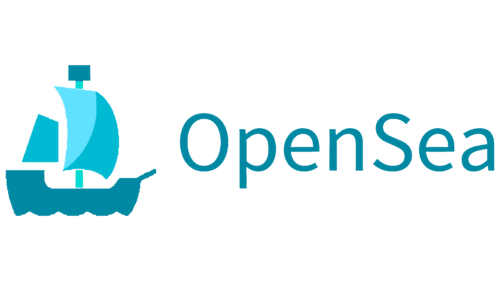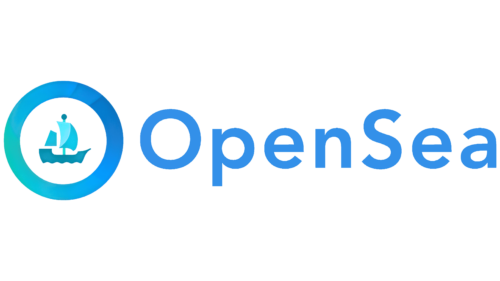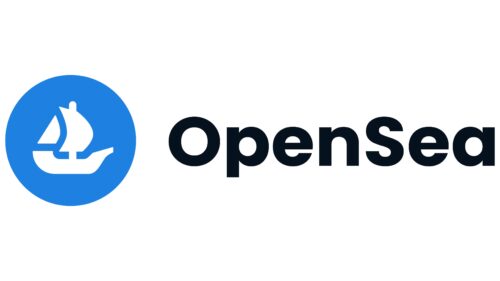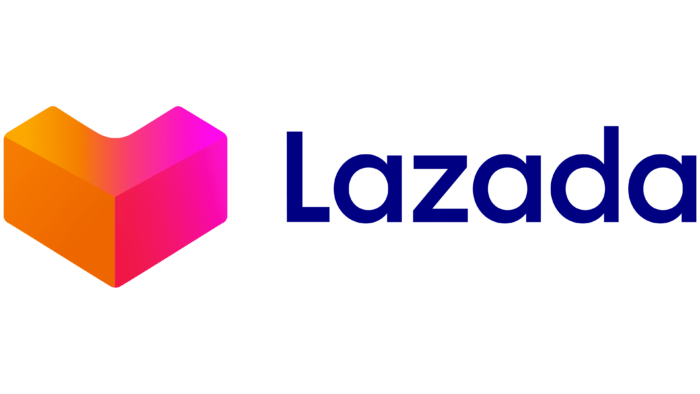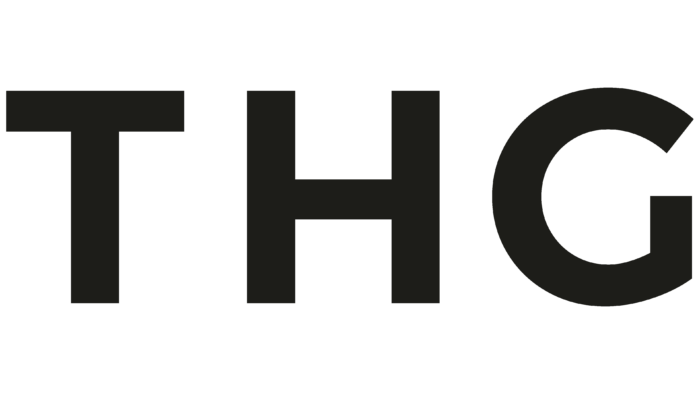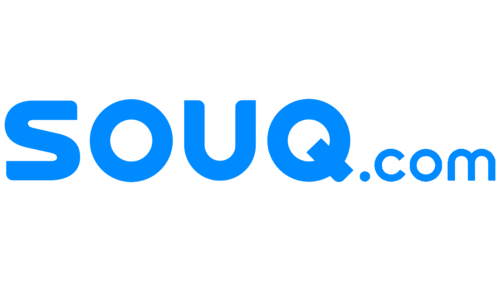OpenSea: Brand overview
Founded in 2017 by co-founders Devin Finzer and Alex Atallah, OpenSea has become a shining beacon in the emerging world of non-functional tokens (NFTs). Drawing on their experience working together at Google, the duo envisioned creating a marketplace dedicated to NFTs. Based in New York City, the OpenSea platform went live in December 2017, giving crypto-enthusiasts the ability to transact NFTs.
In 2018, OpenSea’s transaction volume surpassed the $1 million mark. Early NFT innovations like CryptoKitties found a vibrant trading center on OpenSea. In the following years, OpenSea rode the wave of excitement in the NFT market. By the end of 2020, OpenSea had established a reputation as the dominant NFT trading platform, generating $160 million in annual transaction volume.
The first quarter of 2021 marked another milestone for OpenSea. A successful funding round led by renowned venture capital firm a16z crypto injected $23 million into OpenSea’s coffers and raised its value to a respectable valuation of $1.5 billion. OpenSea’s trajectory continued to grow throughout the year. An impressive deal volume of over $3.4 billion was accompanied by a valuation increase to $13.3 billion after raising funding in October 2021.
In its current form, OpenSea is an unrivaled hub of NFTs, hosting millions of diverse NFTs. With constant innovations and additions, the platform aims to push NFTs to the masses.
Meaning and History
What is OpenSea?
OpenSea, a cutting-edge US-based trading platform for non-fungible tokens (NFTs), is changing the way digital art and collectibles are acquired and traded. Launched in 2017 by Devin Finzer and Alex Atallah in the heart of New York City, OpenSea has developed a digital platform that allows buyers to acquire digital objects at a set value or through a bidding process.
2017 – 2018
2018 – 2021
2021 – today
The idea of free “sailing” and the ease of reaching distant horizons are the key concepts of the logo for the US insolvent token market. It depicts a sailboat pointing to the right. Behind it is a blue circle, reminiscent of the color of water and sky. Next to it is the name of the site, typed in a bold sans-serif font. The letters are black and slightly spaced. The rounded letters give the logo a positive vibe.
The sailboat is a dream of adventure that every person has. The blue circle is coolness, like a perfect sky on a nice day. And the black letters are like a strong anchor holding everything in place. All this makes it easy to understand the essence of the logo without complicating it.
OpenSea color codes
| Azure | Hex color: | #1e81e2 |
|---|---|---|
| RGB: | 30 129 226 | |
| CMYK: | 87 43 0 11 | |
| Pantone: | PMS 285 C |
| Rich Black | Hex color: | #04111d |
|---|---|---|
| RGB: | 4 17 29 | |
| CMYK: | 86 41 0 89 | |
| Pantone: | PMS Black 6 C |
